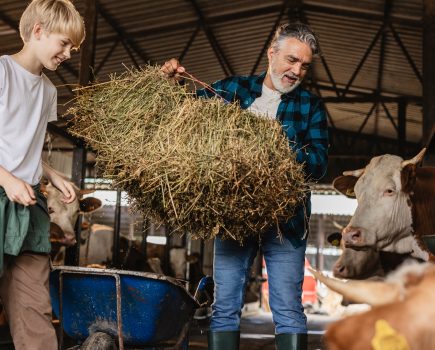As we welcome the early days of autumn, it’s a good opportunity to reflect on the rural residential property market and how it’s holding up. Sara Smith, Head of Residential Property at Brachers law firm, provides valuable insights into the current trends and future outlook.
A confidence boost
We have certainly seen some confidence returning to the property market. The reasons for this could be multiple, but one cannot deny that the first cut in interest rates for four years would have had an effect. With the base rate now 5% and inflation slowly coming under control, these are positives for the property market.
The interest rate hikes over the past couple of years have clearly had a detrimental impact on the property market, significantly slowing its momentum. Naturally, all this was compounded with the cost-of-living crisis, but optimistic reports from agents confirm that more and more sellers are now putting their properties on the market.
There has also been an increase in the volume of mortgages being approved, with research indicating that, in July 2024, they were at their highest since September 2022. Not only are mortgages being approved but the number of mortgages completing is on an upward trend. Lenders have more favourable rates on their books, which will certainly prove attractive to potential buyers.
New land use framework
The Labour Government has also brought a wave of proposed changes that could impact the rural property market. Labour has promised to introduce a land use framework, with suggestions that this will give the sector direction on how to balance what is now expected from land, food production and benefit to communities.
Given the clear connection between rural property and the farming sector, it remains uncertain how, or if, these policy changes will support the farming industry. It’s also been proposed that 1.5 million new homes could be delivered over the next five years with the plans to free up some low-quality green belt land as part of the ‘grey belt’.
Support to the rural communities has been on the books for some time, with funding being offered to research ways to bring satellite, wireless and fixed internet connections to the most rural areas. With hybrid working the new norm, keeping in touch with colleagues is essential and necessary if we want the ability to live somewhere rural but require the services to support our daily work commitments.
Rural detached properties are proving most popular as there seems to be a ‘race for space’ which all started when Covid-19 hit in 2020. This is compounded by these types of properties seeing the strongest price growth. The price growth in rural communities is holding up more strongly compared to the urban environment, but it is of course acknowledged that the property price bubble created by the pandemic has popped.
Here at Brachers we have extensive experience in supporting our clients either selling or looking to move to the countryside. We look forward to seeing what the autumn brings.
For more like this, sign up for the FREE South East Farmer e-newsletter here and receive all the latest farming news, reviews and insight straight to your inbox.







